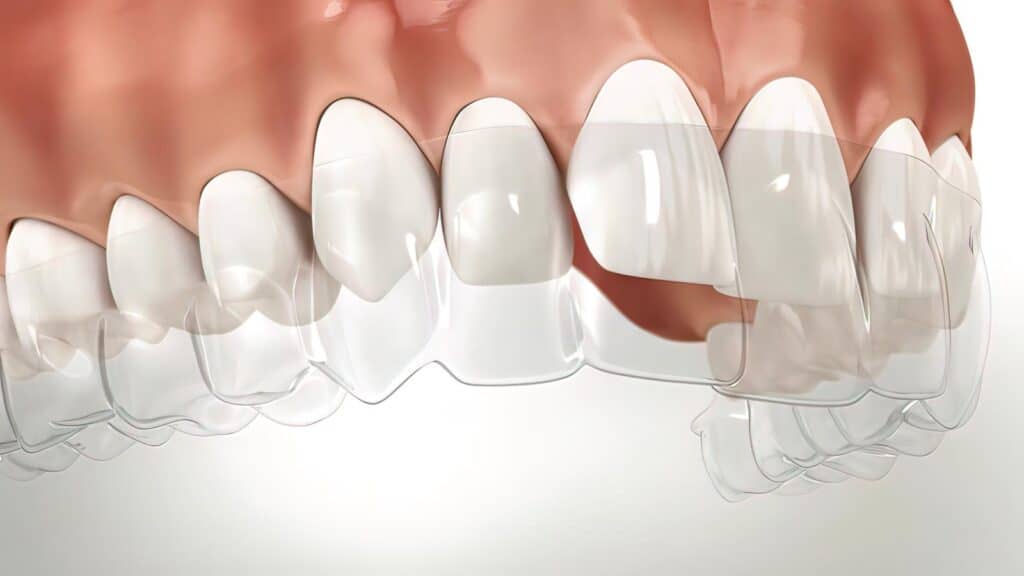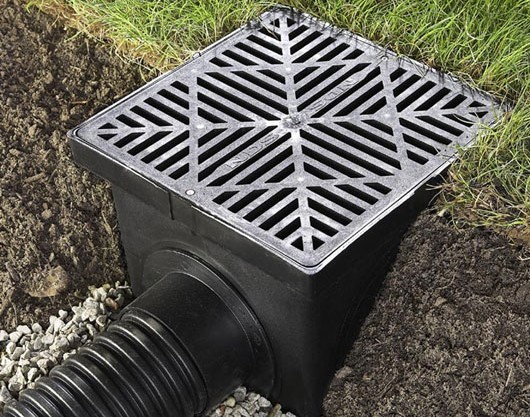For many Auckland parents, the decision to start orthodontic treatment is driven by more than aesthetics. It’s about long-term oral health, confidence, and function. But what if your teenager struggles with sensitive gums? And what about clear aligner systems like Invisalign? These questions aren’t just theoretical. They’re asked in real clinics, every day, by concerned parents hoping to do right by their teens.
Invisalign is widely recognised for being discreet and removable—two factors that appeal to image-conscious teens and time-strapped families. But how does it perform when gum sensitivity enters the mix?
This article unpacks that very question, so you can make informed, confident choices about your teen’s orthodontic care.
Key Takeaways
- Sensitive gums aren’t a dealbreaker, but they do require a more thoughtful orthodontic approach.
- Clear aligners like Invisalign may actually reduce irritation for some teens because they’re removable and don’t rely on metal brackets.
- Professional assessment is vital—it’s the only way to ensure aligners won’t aggravate existing gum inflammation or recession.
- Ongoing hygiene and monitoring are key. Even the best aligner systems can cause issues if oral care falls behind.
- DIY straightening kits or unsupervised aligner programs are not recommended for teens with gum concerns.
Why Gum Sensitivity Happens (Especially in Teenagers)
Teenagers aren’t always known for meticulous brushing. Add in hormonal changes, dietary habits, and the occasional skipped flossing session, and you have a recipe for gingivitis—or at the very least, gum irritation.
Puberty can also trigger exaggerated responses to plaque, leading to swollen, red, and sensitive gums. Combine that with the pressure applied by orthodontic treatment, and it’s easy to see why some parents hesitate.
But here’s the thing: mild gum sensitivity is common, and manageable. The real question is how teeth straighteners interact with that condition—and how much oversight is involved.
How Aligners Like Invisalign Interact With Gum Health
Teeth straightening, regardless of method, works by applying controlled pressure to shift teeth. This pressure affects the periodontal ligament—the structure that holds each tooth in place—and indirectly, the gums.
Clear Aligners: A Gentler Alternative?
Aligners like Invisalign are often considered less abrasive than traditional braces, especially for teenagers with sensitive gumlines. Why?
- They are smooth-edged and custom-fitted, which reduces rubbing or poking against inflamed gums.
- They are removable, allowing teens to brush and floss thoroughly, which is crucial for gum care.
- There are no brackets or wires, which can trap food and plaque at the gumline.
Still, aligners aren’t a magic shield. If worn too long between cleans, or used without proper oral hygiene, they can trap bacteria and worsen gum issues. The aligners themselves aren’t the risk—it’s how they’re managed.
Comparing Aligners and Braces for Teens With Sensitive Gums
Traditional braces can be incredibly effective, but they come with a few caveats for teens with sensitive gums.
Wires and brackets can make brushing more difficult. They also create more surface area for plaque to accumulate, especially along the gumline. That plaque, if not removed consistently, leads to inflammation. It’s a cycle: inflammation causes sensitivity, sensitivity makes teens reluctant to brush thoroughly, and the problem compounds.
Aligners offer a break from that cycle—but they still demand commitment. Daily removal, cleaning, and oral hygiene need to be non-negotiables. And that’s where parental guidance plays a pivotal role. If you’re also weighing up the financial side of orthodontic care, here’s a helpful guide to malocclusion treatment costs in New Zealand and what to expect.
Common Concerns from Auckland Parents
Let’s address a few recurring questions from families around the city.
“Will aligners make gum sensitivity worse?”
Not if they’re monitored. In fact, many orthodontists report fewer gum-related complaints from teens using aligners compared to braces.
“Should we delay treatment until the gums settle?”
It depends. If gum inflammation is mild and manageable with better hygiene, treatment can proceed. But if there’s active periodontal disease, it’s best to pause and resolve that first.
“What if my teen finds the aligners uncomfortable?”
Discomfort in the first few days of a new aligner tray is normal—but it should fade quickly. Persistent discomfort could indicate improper fit or a hygiene issue.
Gum-Friendly Orthodontic Strategies That Work
A qualified orthodontist will always start with a comprehensive assessment of your teen’s mouth. That includes checking for gum bleeding, inflammation, and recession. Based on those findings, the treatment plan is adapted accordingly.
Treatment Considerations for Sensitive Gums:
- Gentle force application: Aligners allow fine-tuned pressure over time.
- Tray edges can be softened if they’re irritating the gum margins.
- Smart wear schedules: In some cases, reducing wear time slightly (with professional guidance) can give irritated tissue a break.
- Add-on hygiene protocols: Some teens benefit from antibacterial rinses or additional dental cleanings during treatment.
Above all, flexibility is key. A great provider won’t treat your teen like a generic case file. They’ll adjust—subtly and carefully—as treatment progresses.
Caring for Sensitive Gums During Teeth Straightening
Let’s break down practical strategies. These apply whether your teen is using aligners or braces, but become especially important with existing gum sensitivity.
Gum Care Tips for Aligner Wearers:
- Use a soft-bristled toothbrush and brush gently along the gumline.
- Clean aligners daily to avoid bacterial build-up.
- Rinse after meals before putting trays back in.
- Floss once a day, and consider a gentle water flosser if manual flossing is painful.
- Schedule regular check-ups to catch any gum flare-ups early.
Encouraging a sense of ownership over oral health goes a long way. When teens understand the connection between care and comfort, compliance improves dramatically.
Why Home Kits Are Risky for Teens With Gum Sensitivity
It might be tempting to try a DIY or mail-order straightening kit that promises quick results. But here’s the problem—none of these options involve in-person assessments, and none of them account for pre-existing gum conditions.
Teens with sensitive gums need personalised oversight. A standardised treatment plan generated from a few photos simply isn’t safe when inflammation is in play.
Without supervision, aligners could push teeth in ways that stress the gums or worsen recession. There’s also no built-in way to spot infection, bleeding, or early signs of gum disease as treatment progresses.
Professional care isn’t just safer, it’s smarter.
Aligners Are an Option But Not Without Oversight
If you’ve been wondering whether teeth straighteners are safe for your teen with sensitive gums, the answer is yes—with the right conditions. Aligners like Invisalign can be gentler, more hygienic, and easier to manage—but only when fitted and monitored by a professional.
Every teen’s mouth is different. The presence of gum sensitivity isn’t a roadblock, but it is a signal to slow down, evaluate, and plan wisely.
Before choosing a treatment, it helps to understand what different types of braces cost and how to plan financially. Here’s a full breakdown of braces expenses in Auckland.




